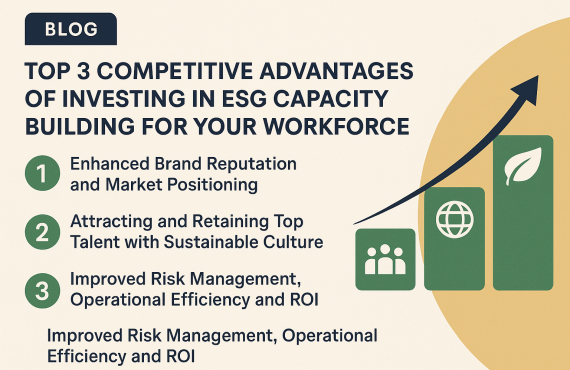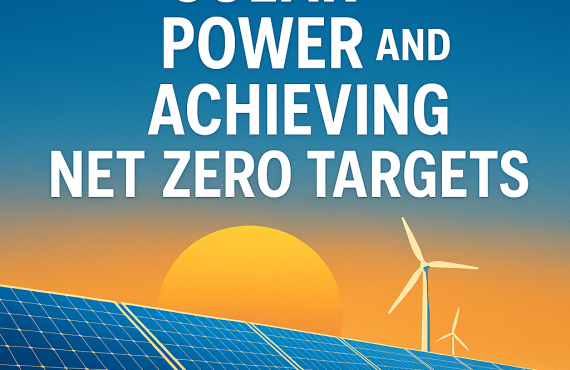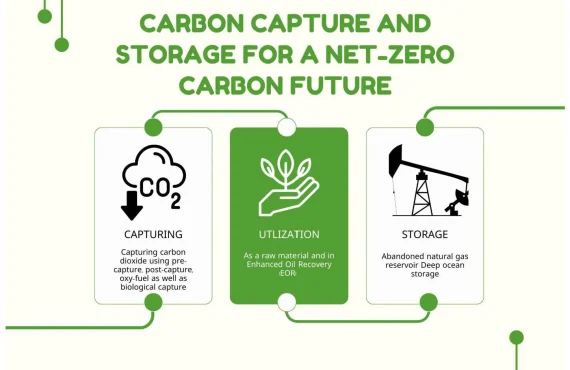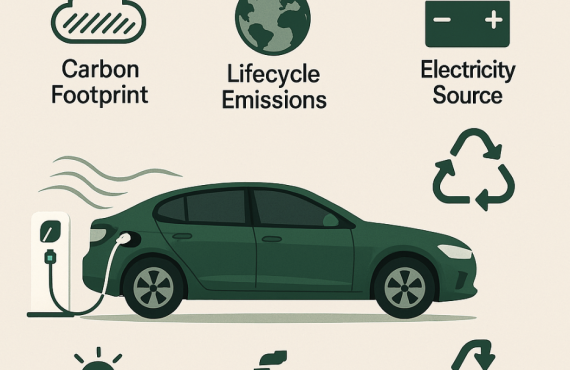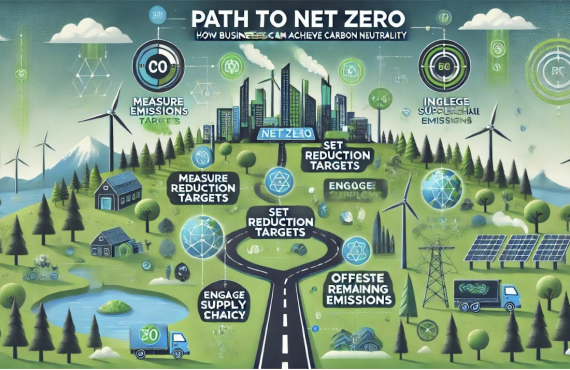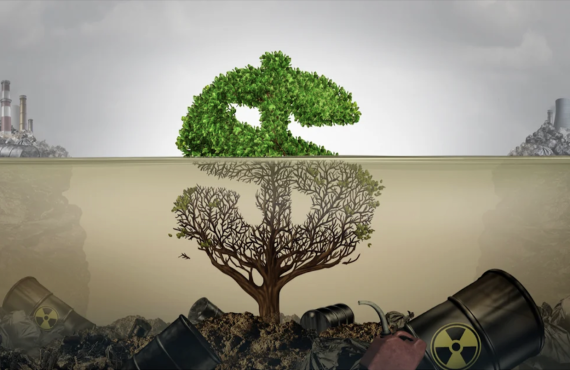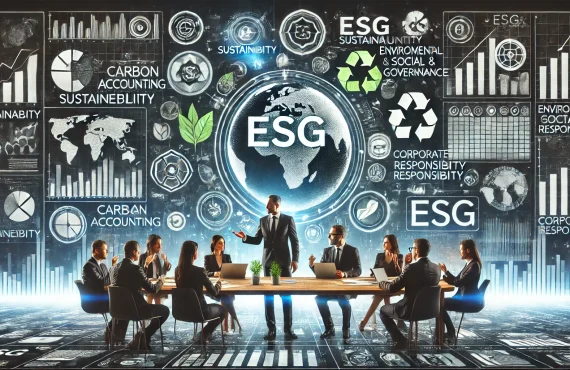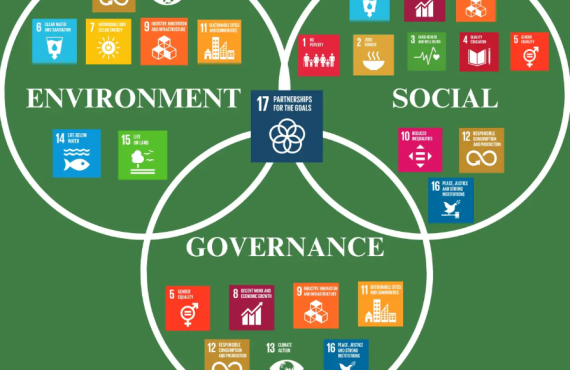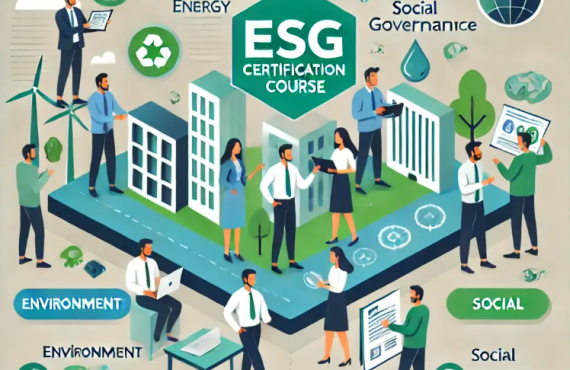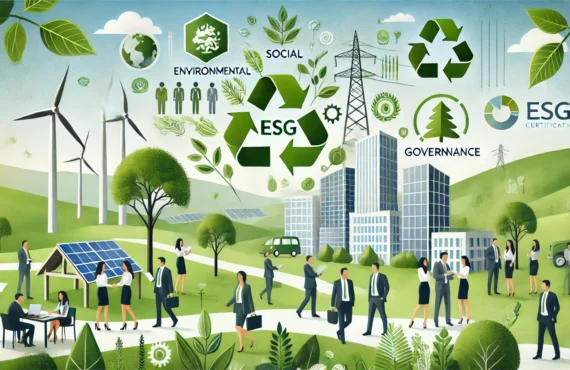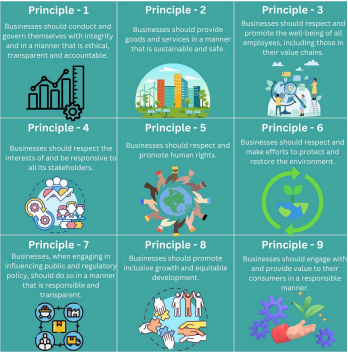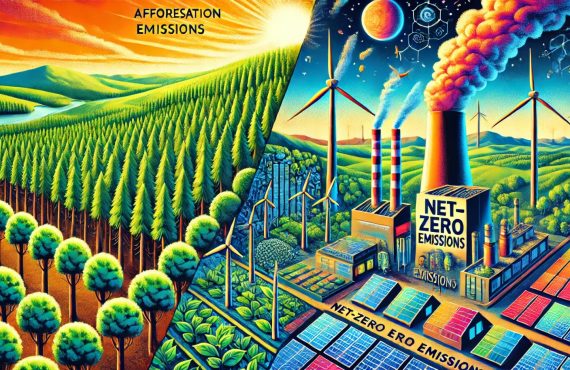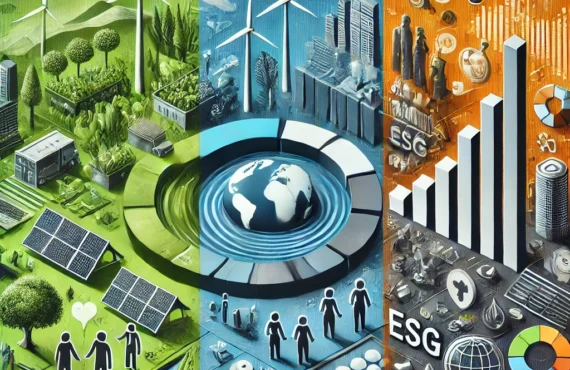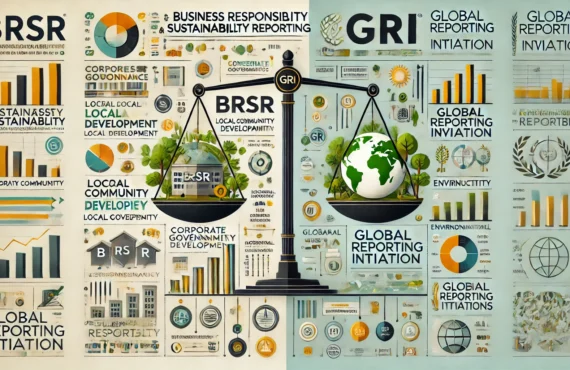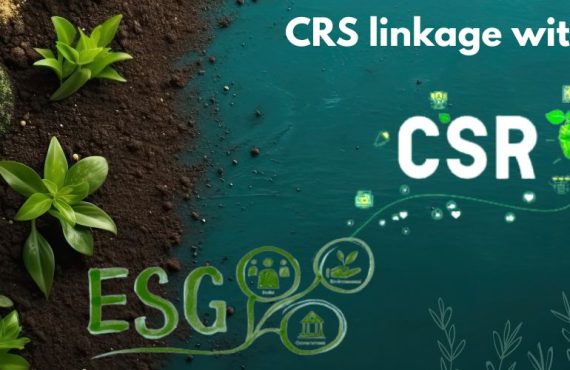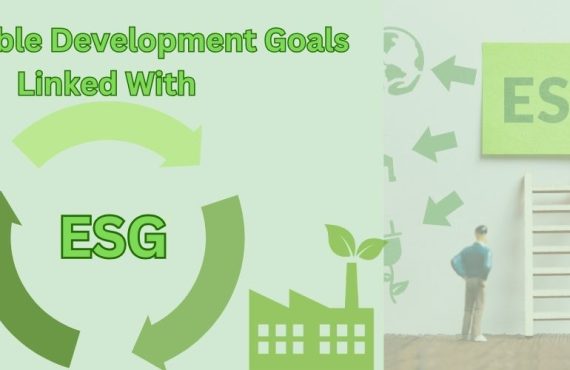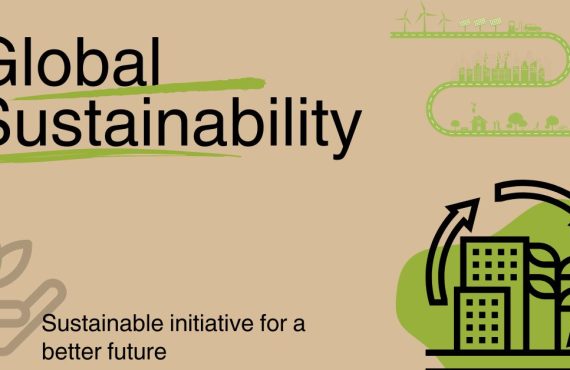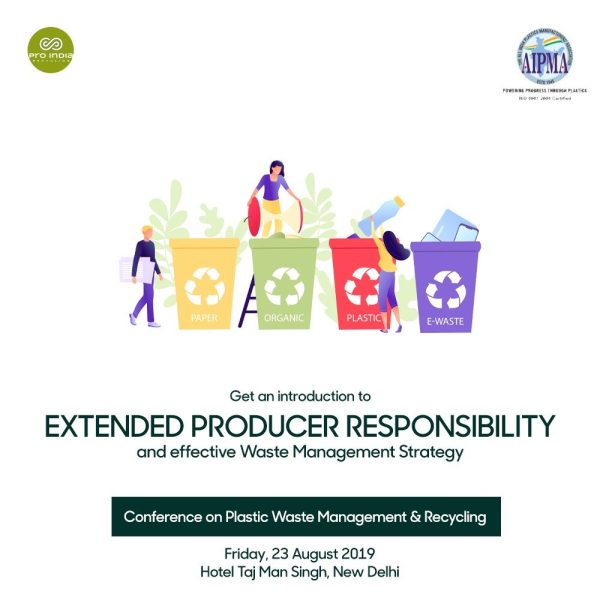Beyond Numbers: How GRI and BRSR Are Shaping the Future of Sustainability Reporting in India
Sustainability reporting in India has come a long way. What was once seen as a voluntary exercise filled with lofty promises is now evolving into a structured, data-driven, and stakeholder-focused practice.
Two frameworks are leading this change: the Global Reporting Initiative (GRI) and Business Responsibility and Sustainability Reporting (BRSR) mandated by SEBI.
Together, GRI and BRSR are pushing Indian businesses to move beyond numbers — from shallow declarations to deep, credible, and impactful sustainability disclosures.
Let’s explore how.
What is GRI?
The Global Reporting Initiative (GRI) is an internationally recognized framework for sustainability reporting. Established in 1997, GRI helps organizations disclose their environmental, social, and governance (ESG) impacts in a standardized, transparent manner.
Key Features of GRI:
- Global applicability across industries and countries
- Stakeholder-focused approach
- Emphasis on materiality: reporting on issues that truly matter
- Detailed guidance for disclosures related to environment, labor practices, human rights, and anti-corruption
In India, many companies have voluntarily adopted GRI Standards to showcase global best practices in sustainability reporting.
What is BRSR?
Introduced by SEBI in 2021, BRSR stands for Business Responsibility and Sustainability Reporting. It mandates the top 1,000 listed companies in India to submit detailed ESG disclosures annually, starting from FY 2022-23.
Key Features of BRSR:
- Mandatory for top-listed companies
- Structured disclosures across nine ESG principles
- Focus on performance outcomes, not just policy commitments
- Option to submit a “BRSR Core” report with mandatory assurance on select key indicators (future phase)
BRSR makes sustainability reporting formal, comparable, and accountable for Indian businesses.
How GRI and BRSR Complement Each Other
While GRI is voluntary and global, and BRSR is mandatory and India-specific, both share common goals:
| Aspect | GRI | BRSR |
| Nature | Voluntary, global standard | Mandatory for top 1000 Indian companies |
| Focus | Impact on stakeholders and society | Responsibility towards environment, society, governance |
| Reporting Approach | Materiality-focused, flexible | Principle-based, structured |
| Assurance | Encouraged, not compulsory | Moving towards mandatory assurance (BRSR Core) |
| Applicability | All organizations | Listed companies in India |
Together, GRI and BRSR are raising the bar for ESG disclosures — encouraging companies to move beyond mere compliance and focus on creating real, positive impact.
The Shift: From Numbers to Narratives
Earlier, sustainability reports were often just a compilation of numbers — carbon footprints, water usage, energy saved, and so on.
Today, GRI and BRSR push companies to tell the full story:
- Why they chose certain strategies
- How their actions impact communities, ecosystems, and economies
- What challenges they face
- Where improvements are still needed
This storytelling, backed by credible data, builds trust among investors, consumers, and regulators.
Challenges Ahead
Despite the progress, several challenges remain:
- Data Integrity and Verification:
Without independent audits, the risk of greenwashing persists. - Capacity Building:
Many companies, especially smaller ones, struggle with the technical know-how needed for quality reporting. - Materiality Misunderstanding:
Organizations may report everything, diluting focus from truly material issues. - Balancing Local and Global Standards:
Navigating between GRI’s global language and BRSR’s India-specific requirements can be complex.
The Way Forward
To unlock the full potential of GRI and BRSR:
- Mandatory Third-Party Assurance should become a norm, not a choice.
- Capacity-building programs should support companies, especially SMEs.
- Clearer materiality guidance can help companies focus on what truly matters.
- Harmonization efforts between BRSR and global standards like GRI, TCFD, and SASB will make Indian disclosures globally competitive.
Final Thoughts
BRSR and GRI are not just about compliance — they are about transformation.
They are helping Indian businesses realize that sustainability isn’t just about ticking boxes or showcasing pretty numbers. It’s about responsible growth, transparent communication, and a commitment to future generations.
As India marches toward a greener, fairer economy, sustainability reporting will be the bridge between intention and action.
And frameworks like GRI and BRSR are making sure that bridge is strong.





